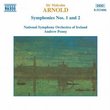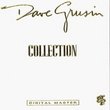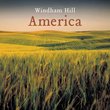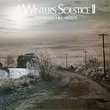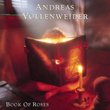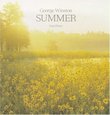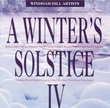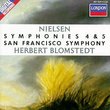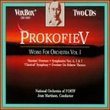| All Artists: Franz Joseph Haydn, Sigiswald Kuijken, La Petite Bande Title: Franz Joseph Haydn: Symphonies No. 26 "Lamentatione", No. 52 & No. 53 "L'Impériale" Members Wishing: 0 Total Copies: 0 Label: Virgin Release Date: 5/20/2000 Genre: Classical Styles: Historical Periods, Classical (c.1770-1830), Symphonies Number of Discs: 1 SwapaCD Credits: 1 UPC: 724356121225 |
Search - Franz Joseph Haydn, Sigiswald Kuijken, La Petite Bande :: Franz Joseph Haydn: Symphonies No. 26 "Lamentatione", No. 52 & No. 53 "L'Impériale"
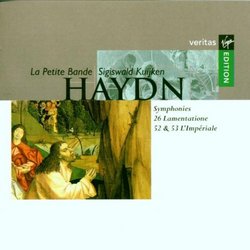 | Franz Joseph Haydn, Sigiswald Kuijken, La Petite Bande Franz Joseph Haydn: Symphonies No. 26 "Lamentatione", No. 52 & No. 53 "L'Impériale" Genre: Classical
|
Larger Image |
CD DetailsSimilarly Requested CDs
|
CD ReviewsThree very different works from Haydn's middle period Leslie Richford | Selsingen, Lower Saxony | 12/02/2004 (5 out of 5 stars) "As Franz-Joseph Haydn wrote well over 100 symphonies, most classical music fans will prefer to listen to a selection rather than attempting to master them all. The choice usually falls on Haydn?s later symphonies, in particular those he wrote for Paris or London, and conductor-violinist Sigiswald Kuijken has produced some excellent recordings of these late symphonies with the British Orchestra of the Age of the Enlightenment. On this 1988 production for Virgin Classics, however, he goes back to Haydn?s Esterhaza period and chooses three of the ?storm and stress? works from the composer?s middle period, performing them, on period instruments of course, with his ensemble La Petite Bande, consisting mainly of musicians who live and/work in the Low Countries and of a size that approximates to the forces available to Haydn in his days in Hungary (5 each of first and second violins, 3 violas, 2 cellos, 2 double basses, a transverse flute, 2 oboes, a bassoon, 2 horns, timpani and a harpsichord). Each of the three symphonies played here has its own very clear characteristics: No. 26 (?Lamentatione?) is based obviously on a well-known Gregorian melody which weaves its way through the whole symphony and makes for a comparatively serious tone. No. 52 is described by H. C. Robbins-Landon in the notes as ?stern?, ?uncompromising? and ?unsettling? and does indeed sound very different from the usually joyous pieces that Haydn produced before and after this. The excruciatingly difficult horn parts are particularly worth the listening to. No. 53 is completely different, containing some of Haydn?s catchiest melodies; it became something of a pop song in its day with transcriptions being made and lyrics being added for drawing-room purposes. (Listen for the timpani right at the end!)
Kuijken?s recording, made at the Doopsgezinde Gemeentekerk in Haarlem (Netherlands), is transparent, often pulsating and always fascinating. The volume of the strings is, of course, less than one is used to with a larger orchestra, but this enables one to hear all the other good things that are going on. I found that listening on good speakers was even better than over headphones because speakers were able to unfold a more plastic panorama. The engineering quality is of a very sound standard. Recommended. " |

 Track Listings (11) - Disc #1
Track Listings (11) - Disc #1
